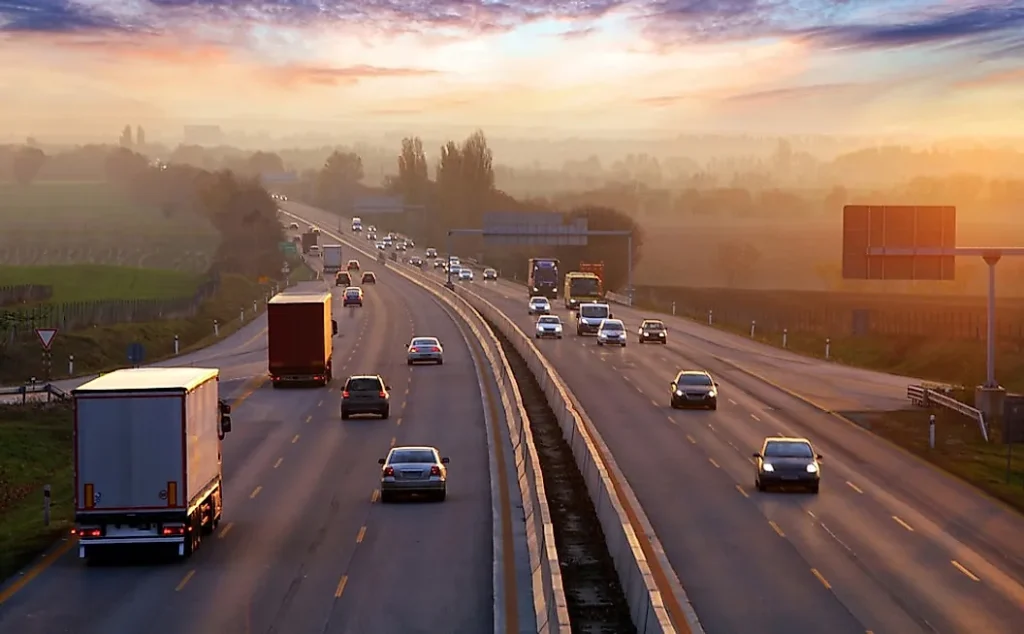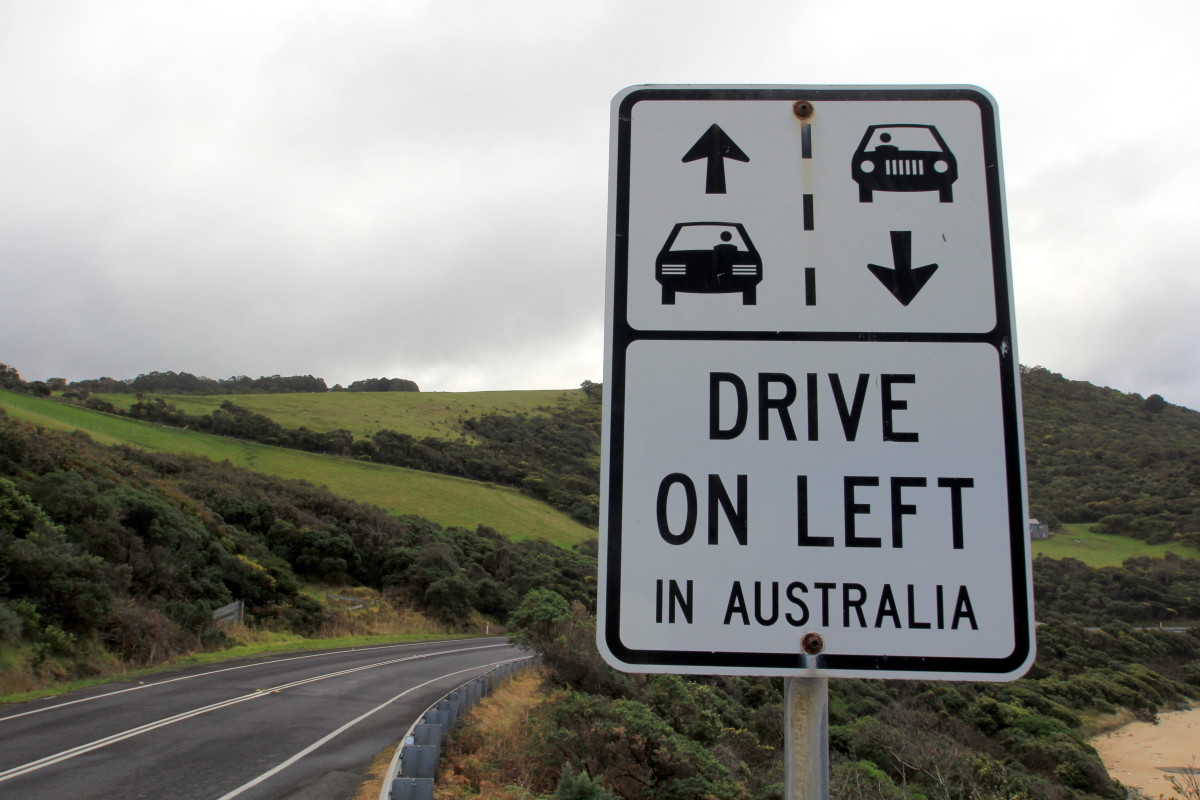Australia’s population drives on the left side of the road since it was founded on colonies that were formerly part of the United Kingdom, which uses the left side. Travelers from the United States and Europe should prepare to operate right-hand-drive automobiles.
They drive on the left side of the road down under. This shouldn’t be too much of a problem for vacationers hailing from the United Kingdom, India, or Japan. However, this might be confusing for anyone coming from a nation where driving is done on the right, such as the United States or any place in Europe.

Even if you’re used to driving on the right, you probably won’t notice much of a change when you switch to the left. The most notable distinction is the ‘wrong’ hand placement of the gear shifter. In practice, though, this usually doesn’t make a huge difference since so many rental vehicles in Australia are automatics. Picking up a rental car in Cairns or Uluru will likely have you adjusting to right-hand driving faster than you’d expect.
Driving on the left in Australia has unique challenges.
Coming out of a parking lot is often the most perilous part of driving on the other side of the road. Or really any place where there aren’t two lanes of opposing traffic. When that happens, our innate drives and our habits take over. It’s simple to fall back on familiar habits if you can’t tell which way the traffic is heading.
But why does Australia have a left-hand driving system? The nation, however, declared its independence long before automobiles were widely available. Upon its federation in 1901, Australia ceased to be a collection of British colonies. However, Australia’s ties to the United Kingdom and the British influence have always been strong. And before automobiles were commonplace, horses, carts, and carriages were the only vehicles permitted to go on roadways, and they were required to stay to the left.

Driving in Australia is different from other countries.
Driving in Australia is not quite similar to what British drivers are used to. Distances are shown in kilometers rather than miles, and the speed restrictions are different from those in the United Kingdom. In addition, the blood alcohol level that permits driving is lower in Australia.
Driving at night in Australia may be dangerous because of the many kangaroos that have been known to charge at passing vehicles. There are some locations that need a 4WD vehicle in order to reach. Fraser Island in Queensland and Cahills Crossing in the Northern Territory are two examples of places where you really need a four-wheel drive vehicle. Newcomers to 4WDing have every reason to be apprehensive about trips like these.
If Australia were to elect to switch traffic lanes, the federal government would set a legally binding date, such as January 1, 2025. To prepare for the increased volume of traffic expected before and after the date of the changeover, you would place stop and give-way signs on both sides of a junction and make any necessary adjustments to the placement of lane markings.
You’ve probably seen trash bags put over signs or “not in use” cards placed over a traffic signal before. Everything old is covered after the swap and everything new is packaged before.

Complicated to pull off logistically, but doable. However, this will not come without the expense, which will need to be compensated for.
To that end, an excise may be applicable in the 10 years before and after the event. One or more of the following may occur: a higher income tax rate, a charge on newly purchased vehicles, an increase in the fuel excise tax, or a fee to register a vehicle. Perhaps even a hybrid of many.





